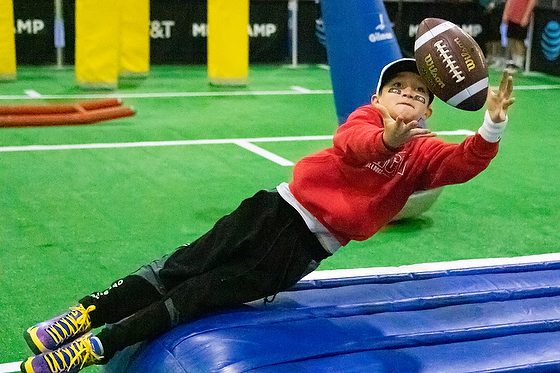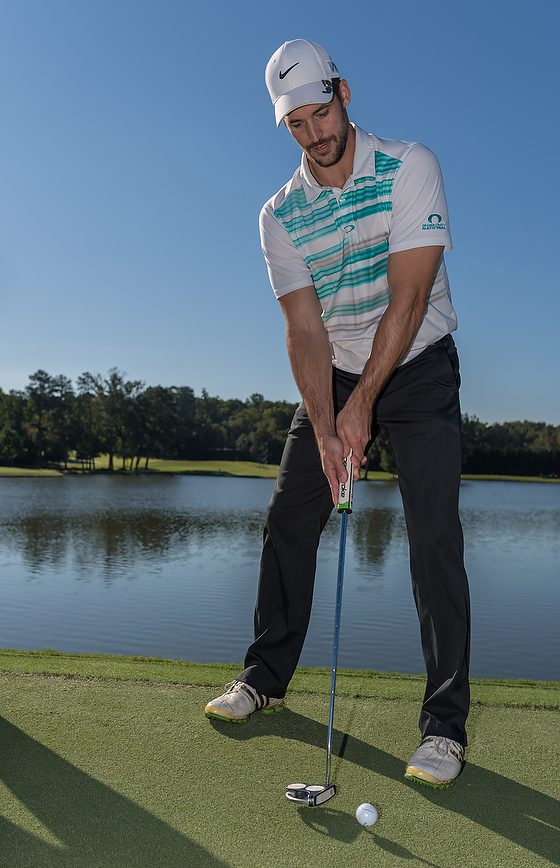
In data-driven decision-making, data is at the center of the decision-making. It’s the primary (and sometimes, the only) input. You rely on data alone to decide the best path forward. Data is a crucial input among many other variables in informed decision-making. You use the data to build a deeper understanding of what value you are providing to your users.
I have sat in many meetings hearing about analytics. When I first learned about analytics, I was thrilled. One of the very frustrating things is how the content you create is seen, but no one clicks the LIKE button.
However, analytics doesn’t rely on the audience to “LIKE” your content to know if they have been to it or even shared it. It can record if someone came to the page and how long they were on it, as well as many other tidbits.

Are you aware of “Blind Spots” in your analytics, such as images?
Images are increasingly taking over social media and becoming a significant way of engaging and talking about your brand. Prints are generally more memorable and shareable than text.
There are over 300 million active daily users on Instagram alone; it’s clear images are a vast social commodity. But why is the intent behind sharing images such a big deal? For starters, not all images are accompanied by text. Sometimes the whole point is that words can’t adequately convey the emotion or event, so it’s shared in image form. If your social media listening is all about text, these posts and users aren’t accounted for in your analytics. This is your “Blind Spot.”
This means there is no way to get accurate analytics about photos unless you could employ eye-tracking technology. Most people will not allow the cameras on their phones and computers to be turned on to watch how they behave while looking at your content.

Why are clickbaity headlines working? Content that piques users’ curiosity does well. Instead of writing clickbaity headlines, can we integrate this insight into our content strategy? Write about topics people are curious about but may not know enough.
I think Henry Ford once said, ‘If I‘d asked customers what they wanted, they would have told me, “A faster horse!”’ People don’t know what they want until you show it to them. That’s why I never rely on market research. Our task is to read things not yet on the page.”
Steve Jobs

Editorial judgment is still needed alongside analysis of quantitative data. Each newspaper and station adopts its news values. Good “news judgment” means understanding your audience and your organization’s principles and values.
Being a good storyteller/journalist is akin to being a good parent/teacher. You rely on data to help you know what is working while simultaneously looking out for them and distilling information into a digestible form.

